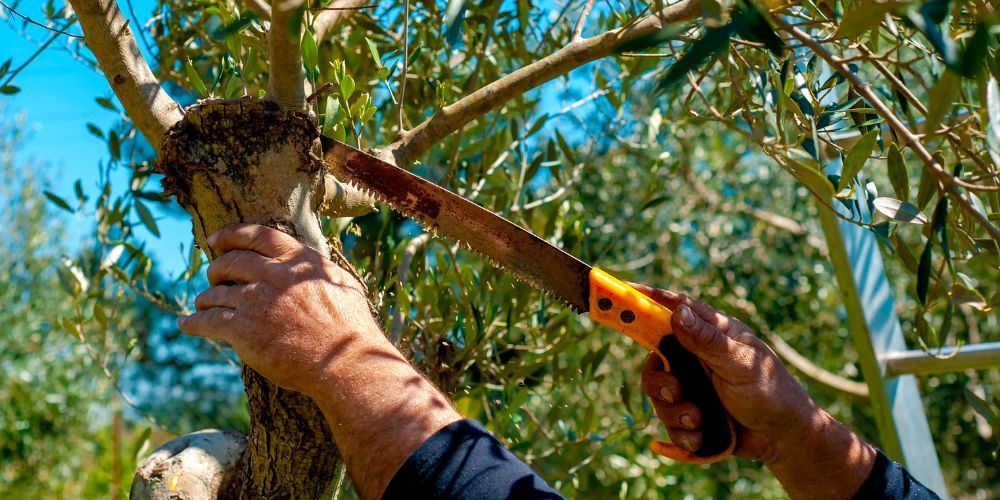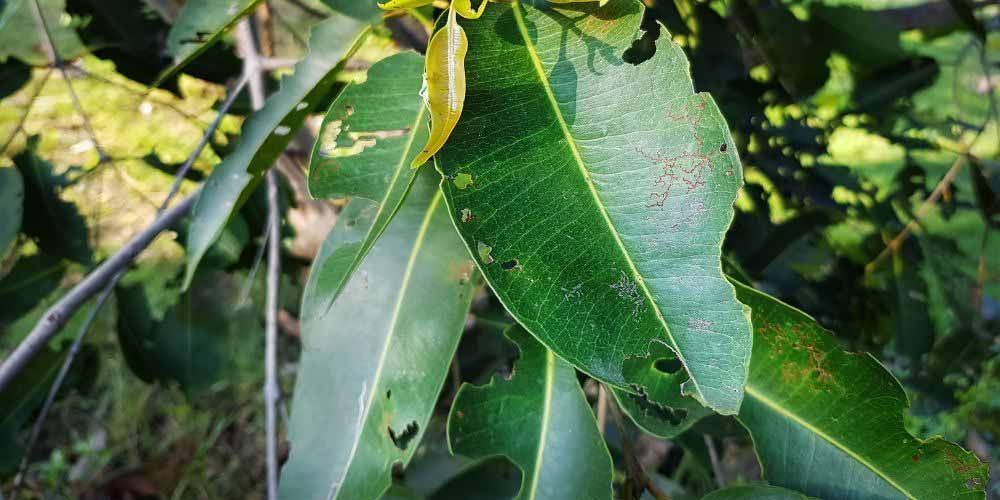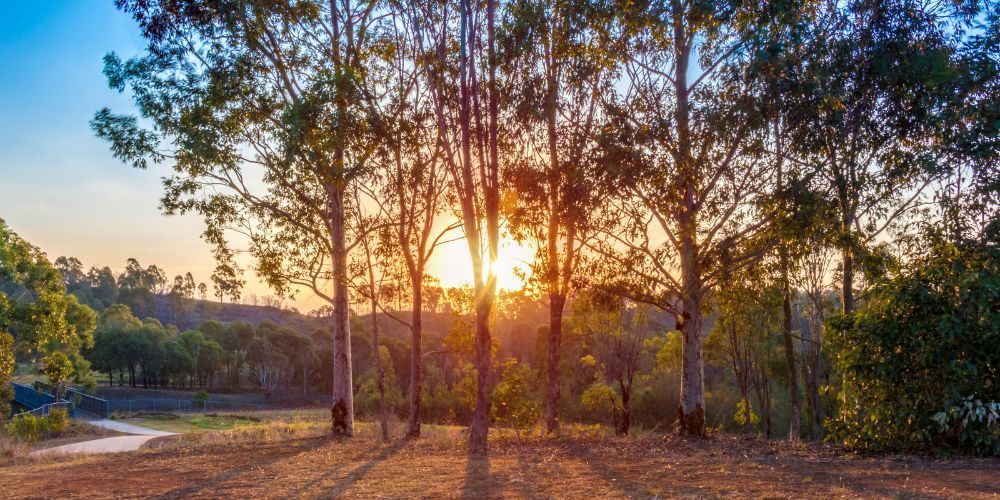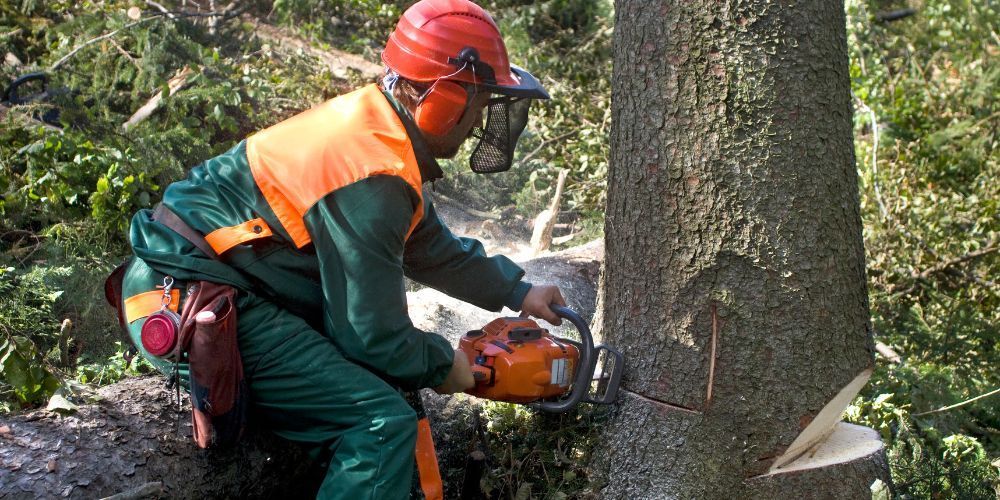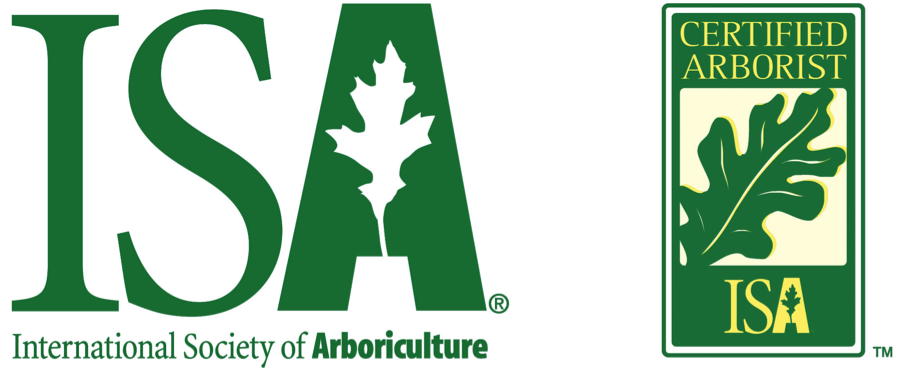Palm Tree Pruning Guide: Essential Tips for Healthier, Stronger Palms
Pruning is among the major solutions to maintaining all types of palm trees. It keeps these iconic plants healthy and looking their best. Trimming regularly will remove dead or otherwise damaged fronds, reduce safety risks, and improve the tree's general outlook. Knowing when and how to prune makes all the difference, whether you are a homeowner or a landscaper.
This tutorial will walk you through the general basics of palm tree pruning, from the benefits to the proper pruning and what not to do.
Importance Of Pruning Palm Trees
- Damage Prevention: Taking out dead or weakened fronds helps prevent falling objects, thus reducing injury to people and property damage.
- To Prepare for Hurricane Season: Trimming excess foliage reduces wind resistance, helping the palm handle solid storms and hurricanes better.
- To Look Well Maintained: Regular pruning makes your palm trees clean and polished, adding to the attractiveness of your landscape.
- Promotes Wholesome Growth: Removing the damaged fronds directs nutrients to the tree's healthier part, making it look robust.
- Improves Air Movement and Sunlight: Pruning allows more excellent airflow and sunlight through the plant, enhancing its general health.
How To Prune A Palm Tree
Pruning a palm tree means artfully removing dead, damaged, or dying fronds without over-trimming it too much. First, thin the brown or yellow fronds at the bottom nearest the trunk of your palm using a sharp pruning saw or shears. Care must be taken not to remove green, wholesome fronds since these play a significant role in feeding a tree. Then, trim seed pods or flower stalks to prevent litter and distribute a neat look.
Best Tools And Gear For Pruning Palm Trees
- Pruning Saw or Pole Saw: A sharp pruning saw is required for cutting thick fronds and reaching higher branches. A saw with a curved blade is better for better control and smoother cuts.
- Protective Equipment: Safety wear like gloves, goggles, and even a helmet is handy to avoid falling debris and sharp fronds. Also, wearing non-slippery footwear is a good idea to maintain steadiness while working.
- Ladder or Lift: A secure but not leaning ladder or a mechanical lift is recommended for reaching high fronds on tall palms. The ladder should be placed on the ground at a stable spot.
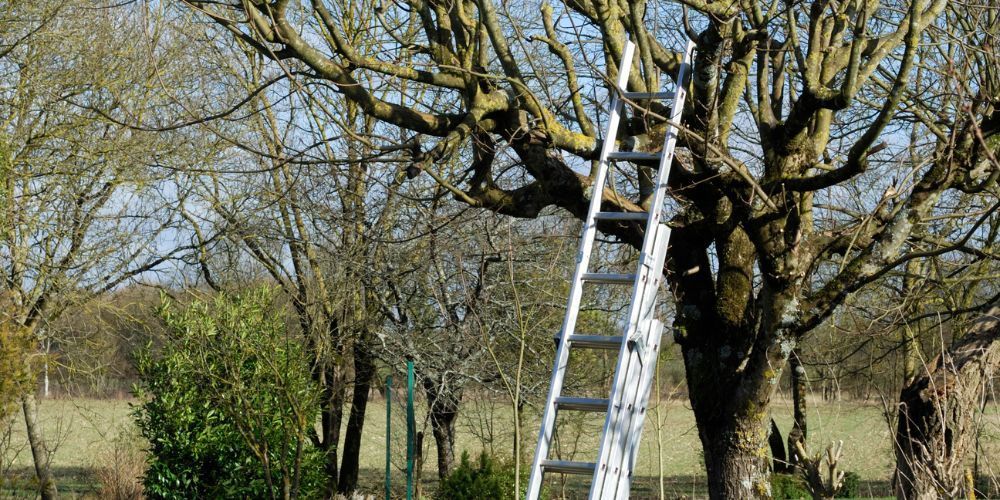
Relatable: https://www.socaltreecare.com/ultimate-tree-pruning-guide-tips-tools-and-timing
How To Prune A Palm Tree
First, note the dead, brown, or broken fronds to maintain its symmetrical structure. Remove the frond with either a pruning saw or shears near the base of each frond to within a few inches of the trunk. Never cut any green, healthy fronds since they feed the tree itself the vital nutrients it needs. Take away flower stalks and seed pods because this minimizes mess and promotes a neater look. Make angular cuts to prevent water from gathering, preventing the rot's start.
What To Avoid When Pruning A Palm Tree
- Over-pruning: Do not cut too many fronds at a time, which could weaken the tree and reduce its photosynthesis capacity. This may stunt growth and make the palm more prone to other diseases and pests.
- Using the wrong tools: Never use a dull or improper tool, as it hurts the tree by giving rough cuts; sharp pruning palm tree shear and saws specially intended for palm frond cutting are suitable for clean cuts.
- Removing healthy fronds for aesthetics: Never trim green, healthy fronds for appearance. Though these fronds may appear unaesthetic, they are critical to the tree because they supply nutrition for growth. Their removal does more harm than good to the health of the palm.
Cost Of Pruning Palm Trees
On average, the cost of pruning palm trees will be $75 to $400 per tree, based on a few factors. Smaller palms that are easy to access may be as low as in the lower end of this spectrum, or taller trees with more difficult access are higher due to the extra labor and equipment required.
Factors Affecting Cost Of Pruning Palm Trees
- Labor Costs: The number of workers required and the time needed to complete a particular job influence pricing. Skilled workers or even unsavory conditions raise costs.
- Special Equipment and Tools: Specialized equipment, such as pole saws for tall or hard-to-reach palms, lifts, and safety gear, may also increase the overall cost.
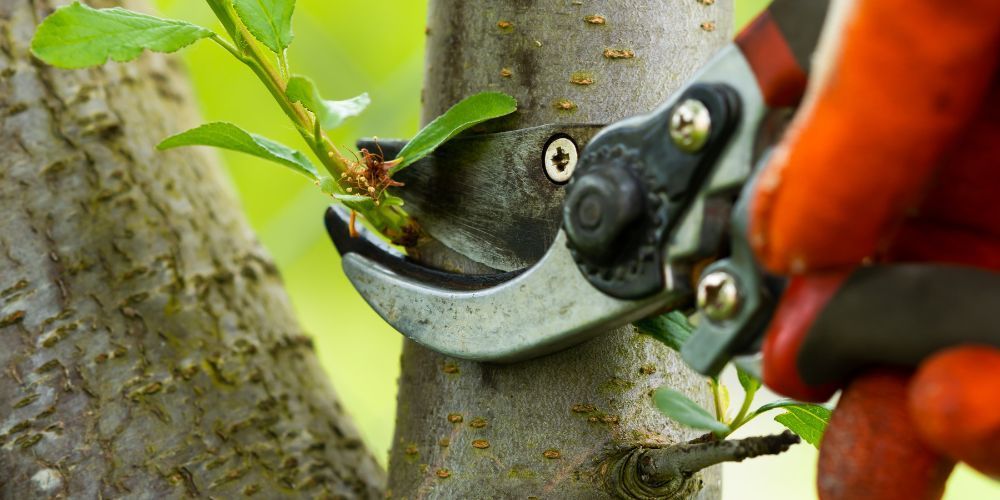
- Location Factors: Remoteness or urban congestion may reflect higher fees due to the time required for travel or access under challenging conditions.
- Palm Tree Type: The taller or fuller the palm, the more work and time will be spent pruning it, increasing the cost.
- Seasonality: Pruning during peak seasons may fetch higher costs since the demand is excellent.
- Insurance Coverage: Companies with full insurance coverage might charge higher for liability and workers' compensation.
Post-Pruning Care
Cleanup after pruning will help maintain a tidy landscape, eliminating other probable hazards. First, collect the fronds trimmed with seed pods and other debris from the tree's base. Smaller pieces can be removed by raking or using a leaf blower. Dispose of the waste according to local regulations. Proper cleanup will also prevent pests attracted to plant debris.
SoCal Tree Care offers professional tree care services. In the case of pruning, we do post-pruning cleanup to keep your yard tidy and safe after maintenance.
